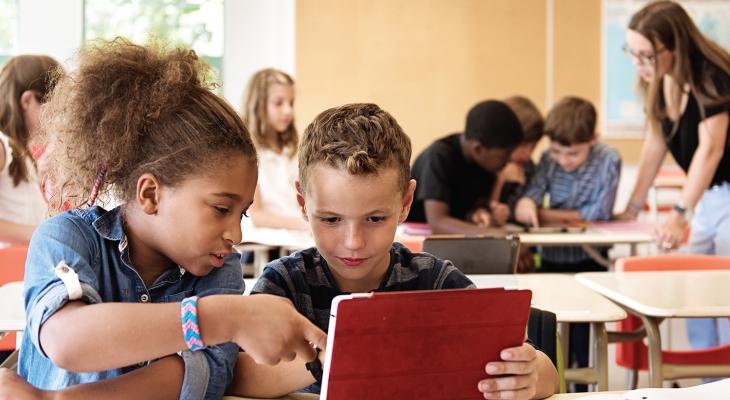Instructional Practices That Integrate Equity-Centered Social, Emotional, and Academic Learning

Research confirms that educators not only have a significant impact on student academic learning, but they also influence student social and emotional development. When students engage in social and emotional learning (SEL), they develop the social and emotional competencies (i.e., skills, attitudes, and knowledge) needed to be ready for and successful in college, careers, and life.
This brief, developed in collaboration with Harmony SEL at National University and the Center to Improve Social Emotional Learning and School Safety at WestEd, refines pioneering work on the integration of SEL with academics and specifically addresses 10 educator practices that promote social, emotional, and academic development.
The authors have updated the 10 practices to be more inclusive of the multiple spaces in which students learn and develop and to reflect recent learnings on culturally responsive practices, trauma-informed instruction, and the science of learning and development. To help clarify what integration means, the authors provide a taxonomy of SEL-academic integration that includes four categories: explicit skill alignment, explicit strategy alignment, ways of interacting, and ways of being.
Webinar: Linking SEL and Academics in the Learning Environment
Ten Equity-Centered Instructional Practices That All Educators Can Use to Teach the Whole Child
After major disruptions to learning due to the COVID-19 pandemic, particularly for those students who are most marginalized, systems are doubling down on social and emotional learning (SEL) to facilitate student healing, connection, and learning. Schools and districts are focused on building the conditions and supports that allow students to develop and apply the social and emotional competencies that will help them to thrive in school and in life.
We know, from research, that social, emotional, and academic learning are connected and interdependent and that SEL is often embedded in the work that educators are already doing. Join experts from the American Institutes for Research, Harmony SEL at National University, and the Center to Improve Social Emotional Learning and School Safety at WestEd, as well as a panel of three local practitioners from a diversity of settings to discuss specific teaching practices that can be used in elementary and secondary classrooms to meet the needs of today’s students.
This webinar explored:
- How pioneering work on 10 teaching practices to support the integration of SEL with academics has been refined to reflect recent learnings on culturally responsive practices, trauma-informed instruction, and the science of learning and development;
- The interconnectedness of equity-centered practice and social, emotional, and academic learning; and
- A new taxonomy that describes four ways that SEL and academics are linked within the learning environment.
Presenters:
- Sara Wolforth, Principal Researcher, AIR
- Dr. Nick Yoder, Senior Director of Research and Professional Learning, Harmony SEL at National University
- Dr. Angela Ward, Center to Improve Social and Emotional Learning and School Safety at Wested, Chief Program Officer, Transforming Education, Inc
Practitioner Panel:
- Hazel Cruz, Assistant Principal, New York City Public School 83
- Jessenia Lehrer, Teacher, New York City Public School 83
- Gail Gaiewski-Traxler, District Staff, Brooklyn Center Community Schools, Brooklyn Center, MN

